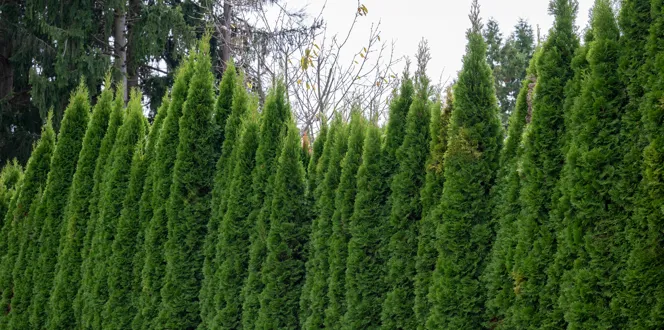Japanese beetles are one of the garden’s biggest summer pests! They eat their way through our roses, fruit trees, shade trees and even our veggie garden. It seems their stomachs are never full.
And to a certain degree, that’s true. They lay eggs that turn into grubs and eat the roots of your lawn in late summer and again in spring. Then, those grubs turn into beetles–ready to do it all over again!
It’s time to stop the madness. Control Japanese beetle grubs this year to reduce their damage and decrease the number of beetles that return next year.
See Japanese Beetles? Learn When To Treat For Grubs.
Think You Have Japanese beetles?
Japanese beetles are easy to spot in the garden. They have a bronze back, metallic green head and are about 0.5” long. You’ll see them eating almost every plant in your yard, leaving behind skeletonized leaves.
In fact, Japanese beetles eat over 300 different plants.
Japanese Beetle Life Cycle (What Grubs Turn Into)
Japanese beetles lay eggs that hatch into grubs that feed on the roots of your lawn. Grubs turn into beetles that eat your garden. Yes, two of the most hated garden pests are actually one in the same!
Let’s break that down. Japanese beetles lay eggs in your lawn that turn into lawn grubs in late July or early August. The grubs eat and dig up your lawn roots in late summer, hibernate all winter long and then come back with a vengeance in spring–ready to destroy your lawn again. Once they’re done with that, the grubs emerge as beetles in July.
Grubs In Lawn Symptoms
If you see Japanese beetles in your yard now, look for grub symptoms. That way you can stop this whole cycle from playing out again next year.
Look for:
- Discolored or wilting grass that initially looks like drought damage, especially in late summer as the rains dissipate
- Damage along roads, driveways and sidewalks
- Spots of dead or dying grass in early spring (April or May) or early fall (August, September or October)
- More skunks, raccoons in your yard because they love to eat grubs
- Areas of grass that you can easily lift or roll back because the grubs ate the roots
- White c-shaped grub larvae under your grass, which you can see if you pull back the grass or dig a bit
When To Treat For Grubs
It's best to take a preventative approach when treating for grubs in your lawn. Products should be applied between Mother's Day and Independence day, thus targeting the newly hatched grubs that are the most susceptible.
For a curative treatment, expect only 65% control at best. Keep in mind that a curative treatment will not fix damage in the lawn that has already occurred.







